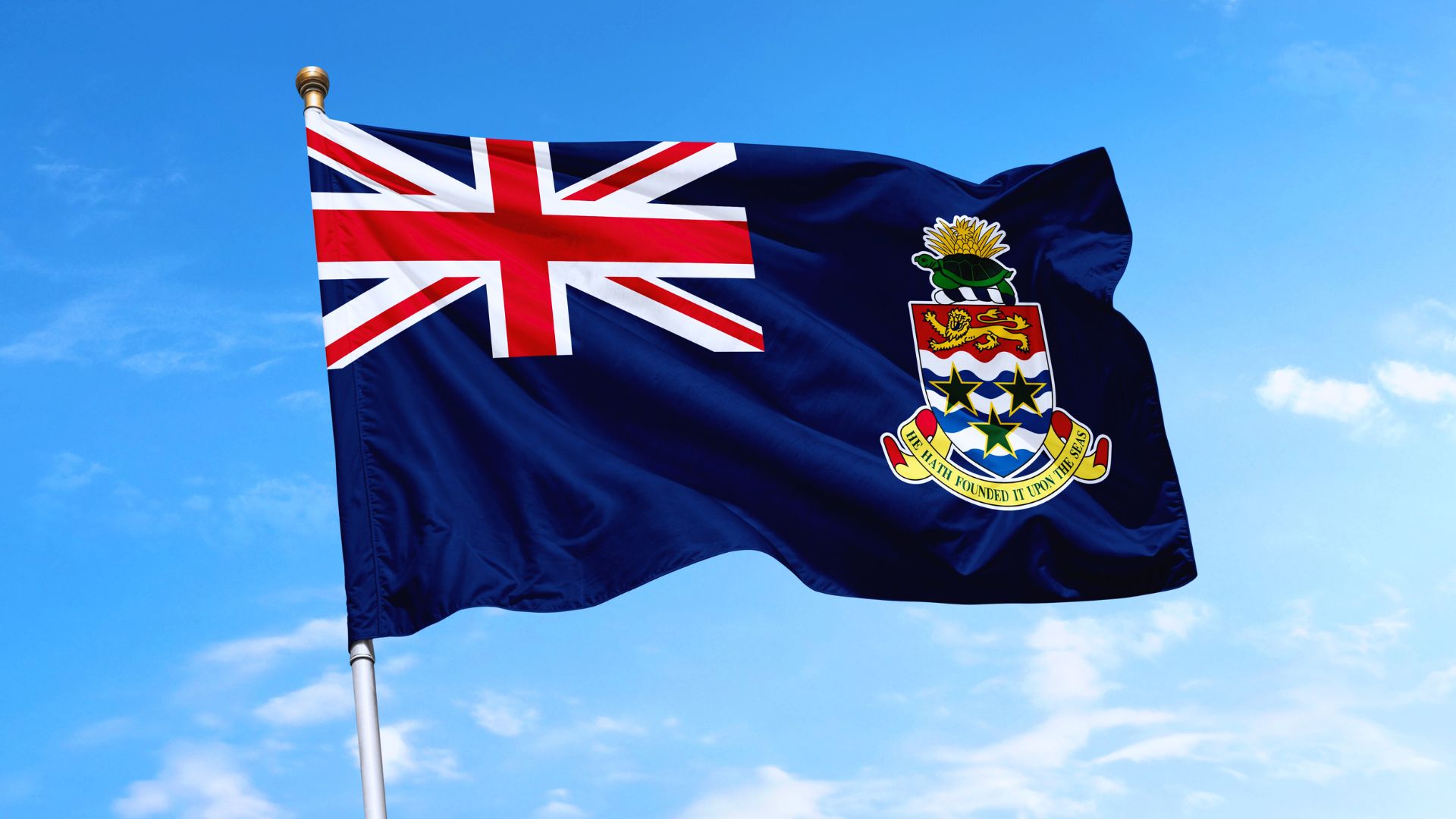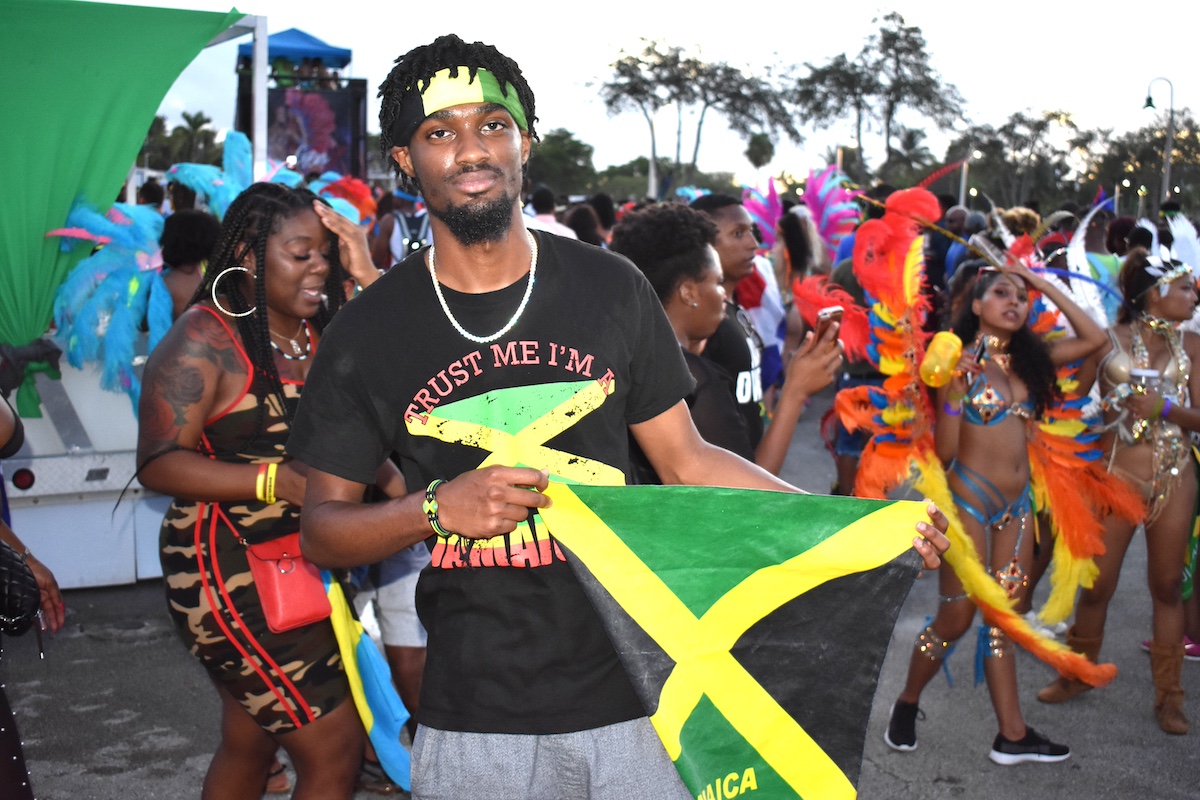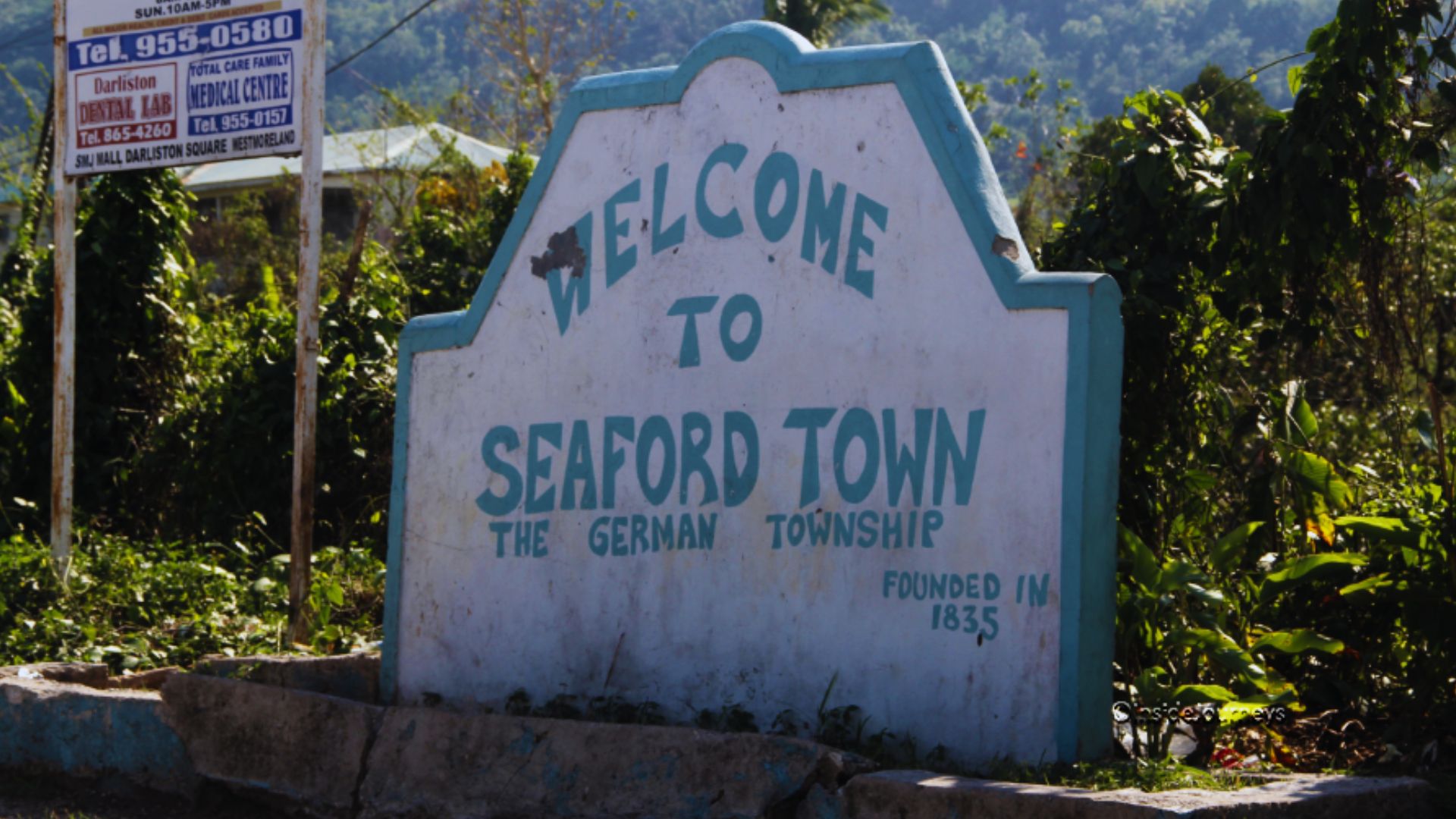Jamaica’ cultural attractions are the subject of an extensive in-depth article in Harper’s Bazaar magazine entitled “Beyond the beaches: a cultural guide to Jamaica,” which advises travelers to “rethink” their perceptions of the island nation. Jamaica’s food, music, art, and the “alright” attitude of its people offer many pleasures beyond the beach.
Particularly recommended to visitors are the music-related attractions and accommodations. Reggae represents the most famous Jamaican cultural legacy and offers a relaxing background to an island tour. The tour of the Trench Town Culture Yard, the designated birthplace of reggae music, introduces visitors to the place where music legends Bob Marley, Peter Tosh, and Bunny Wailer live. It was here that Marley met Tata Ford, his mentor, who taught him to play the guitar. The tour offered by Vibzen with local Rasta Carlo Less is the recommended options. Less has close ties with the Kingston community, which makes him the perfect guide. The tour includes a visit to the place where Marley lived and grew up; Kingston as a whole is like a “giant open-air Bob Marley museum, according to the Bazaar article, which notes the murals of Marley and graffiti tributes on the walls of the shops, hotels, and homes. The place where Marley lived as an adult has been made into a museum that invites visitors to take an immersive view of the singer’s legacy as a musician and social activist. In addition to the Marley influence, Kingston is home to many recording studies, that all provide insight into how Jamaican reggae is made today. Hotels with music connections include Strawberry Hill and Geejam.
Concerning Jamaica’s cuisine, the multicultural influences on the island’s food are highlighted. The cultures range from the indigenous peoples, India, Africa, Spain, and China. Jamaican dishes are generally spicy, and a bottle of hot sauce is available at most restaurant tables. The cuisine makes use of the Scotch bonnet pepper, the hottest on the planet, so it is recommended to order some chilled Red Stripe beer along with any food order. The influence of Rastafarian culture is notable in Jamaica’s organic vegan dishes. Visitors are advised to begin their days with a cup of the island’s Blue Mountain coffee. A tour of Craighton Estate shows how coffee is grown and processed. Another must-try is Jamaica’s most famous culinary classic, jerk chicken. The chicken is marinated and rubbed with spices and smoked over a fire of pimento wood. Roadside cafes offer excellent jerk foods, so it isn’t necessary to go to a high-end eatery. The Pepperwood Jerk Centre, a Kingston institution, is worth trying. Island visitors must also try the country’s national dish of ackee and saltfish, a mix of the indigenous fruit, saltfish, and onions, Scotch bonnet peppers, tomatoes, and spices. Jamaican patties are another must-have, and for drinks, there is no shortage of excellent options, from nightlife beach cars to sound-system venues. The world-famous Pelican Bar, which can only be reached by boat, has been called the “coolest bar in the world.”
The vibrant art scene in Jamaica has its roots in the indigenous Taino culture, which created zemis, carvings of their gods for spiritual purposes. The current art scene reflects the expressiveness of Jamaicans and is constantly growing. The National Gallery of Jamaica is the largest gallery in the country and features exhibits of ancient artifacts and contemporary works by emerging artists. One of the most persuasive forms of art in Jamaica, however, is street art, which offers a way to view what is going on inside the country. Fleet Street in Kingston, for example, is a social intervention project started by Marianna Farag of France, who came on holiday from New York and decided to stay. She transformed an impoverished Kingston district into a location of many murals and graffiti created by local and international artists.
Source: Harper Bazaar Magazine






